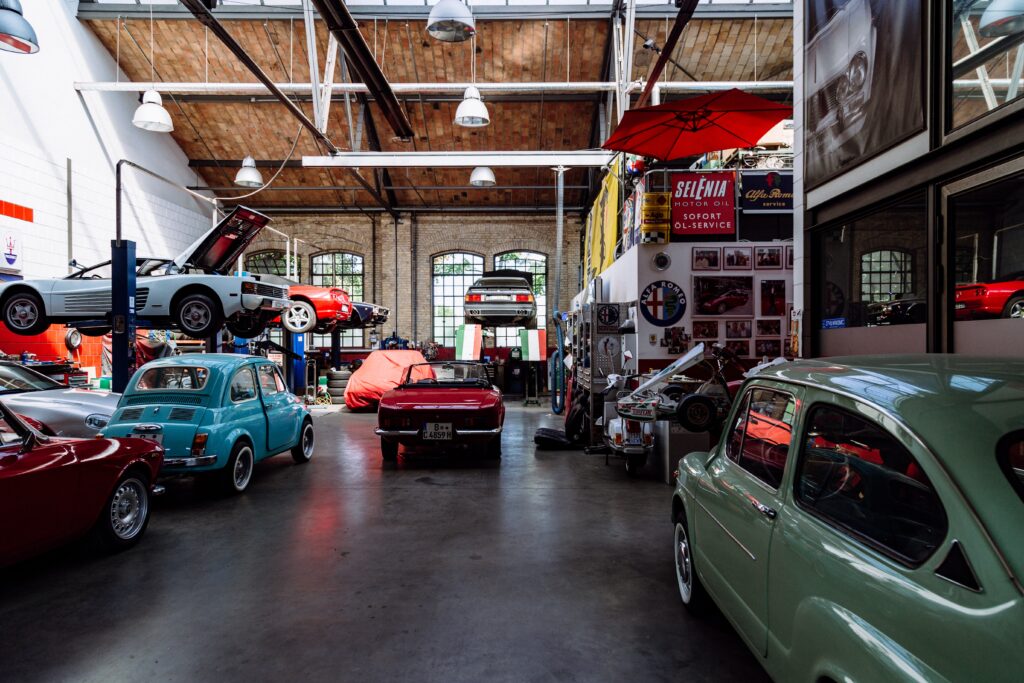
Introduction:
Race cars hold a special place in the hearts of racing enthusiasts, but as time passes, some vehicles reach the end of their racing life. Whether it’s due to age, irreparable damage, or the pursuit of new racing endeavors, the need for junk removal of old race vehicles arises. In this blog post, we will explore the importance of responsible junk removal and provide you with insights on how to properly dispose of or repurpose your old race vehicles.
1. Assess the Condition:
Before proceeding with junk removal, assess the condition of your old race vehicle. Determine if any salvageable parts or components can be repurposed or sold. Consult with experienced mechanics or racing enthusiasts who may have an interest in acquiring specific parts. Salvaging usable parts not only reduces waste but also helps fellow racers maintain their vehicles more affordably.
2. Research Local Regulations:
Junk removal of race vehicles must comply with local regulations regarding disposal and recycling. Research the specific regulations in your area to ensure you adhere to the correct processes. Some jurisdictions have specific requirements for handling and disposing of race cars due to their specialized components, such as fuel tanks, batteries, and fluids. Complying with regulations helps protect the environment and prevents potential legal issues.
3. Donate to Racing Schools or Museums:
Consider donating your old race vehicle to racing schools, museums, or educational institutions specializing in motorsports. These organizations may be interested in accepting your vehicle as a learning tool or as an exhibit to inspire future generations of racers. Donating your race car not only provides it with a new purpose but also contributes to the preservation and promotion of motorsports history.
4. Repurpose for Non-Racing Use:
If the structure of your old race vehicle is still intact, explore opportunities to repurpose it for non-racing use. Some racing enthusiasts have transformed retired race cars into display pieces, home decor, or even functional items such as furniture or automotive-inspired artwork. Repurposing your old race vehicle allows you to preserve its legacy in a unique and creative way.
5. Seek Scrap Metal Recycling:
If your race vehicle is beyond salvageable components or repurposing, consider seeking scrap metal recycling services. Scrap metal recycling facilities specialize in processing and recycling metals, ensuring that they are repurposed for other applications. Contact local scrap metal yards to inquire about their acceptance of race cars and their recycling practices. This ensures that valuable materials from your vehicle are recycled and put back into circulation, reducing environmental impact.
6. Engage Professional Junk Removal Services:
If the condition of your race vehicle prevents salvage, repurposing, or recycling, consider engaging professional junk removal services. Junk removal companies specialize in the responsible disposal of various items, including towing services for vehicles. They have the expertise and resources to safely and legally dispose of your old race vehicle while adhering to environmental regulations.
7. Proper Fluid and Hazardous Waste Disposal:
When removing a race vehicle, it’s crucial to handle fluids and hazardous waste properly. Draining and disposing of fluids, such as motor oil, coolant, and brake fluid, should be done according to local regulations. Many communities have designated locations or facilities for hazardous waste disposal. Proper disposal prevents contamination of the environment and ensures compliance with waste management protocols.
8. Documentation and Cancellation of Registrations:
Ensure that all documentation related to the race vehicle, including titles, registrations, and license plates, is canceled or transferred to the appropriate authorities. This helps avoid any confusion or potential legal issues regarding ownership or liabilities.
9. Learn from the Experience:
The process of junk removal for old race vehicles allows you to reflect on the lifecycle of a race car and the responsibilities that come with it. Learn from the experience and consider the implications of future race vehicle purchases or projects. Develop a plan for responsible disposal or repurposing in advance to streamline the process when the time comes.
Conclusion:
Junk removal of old race vehicles is a responsible and necessary step in the racing journey. By assessing the condition of the vehicle, researching local regulations, exploring donation or repurposing options, seeking scrap metal recycling, engaging professional junk removal services, and properly disposing of fluids and hazardous waste, you can ensure that your old race vehicle finds an appropriate and environmentally conscious end. By handling the process responsibly, you contribute to the sustainability of motorsports and set a positive example for fellow racing enthusiasts.